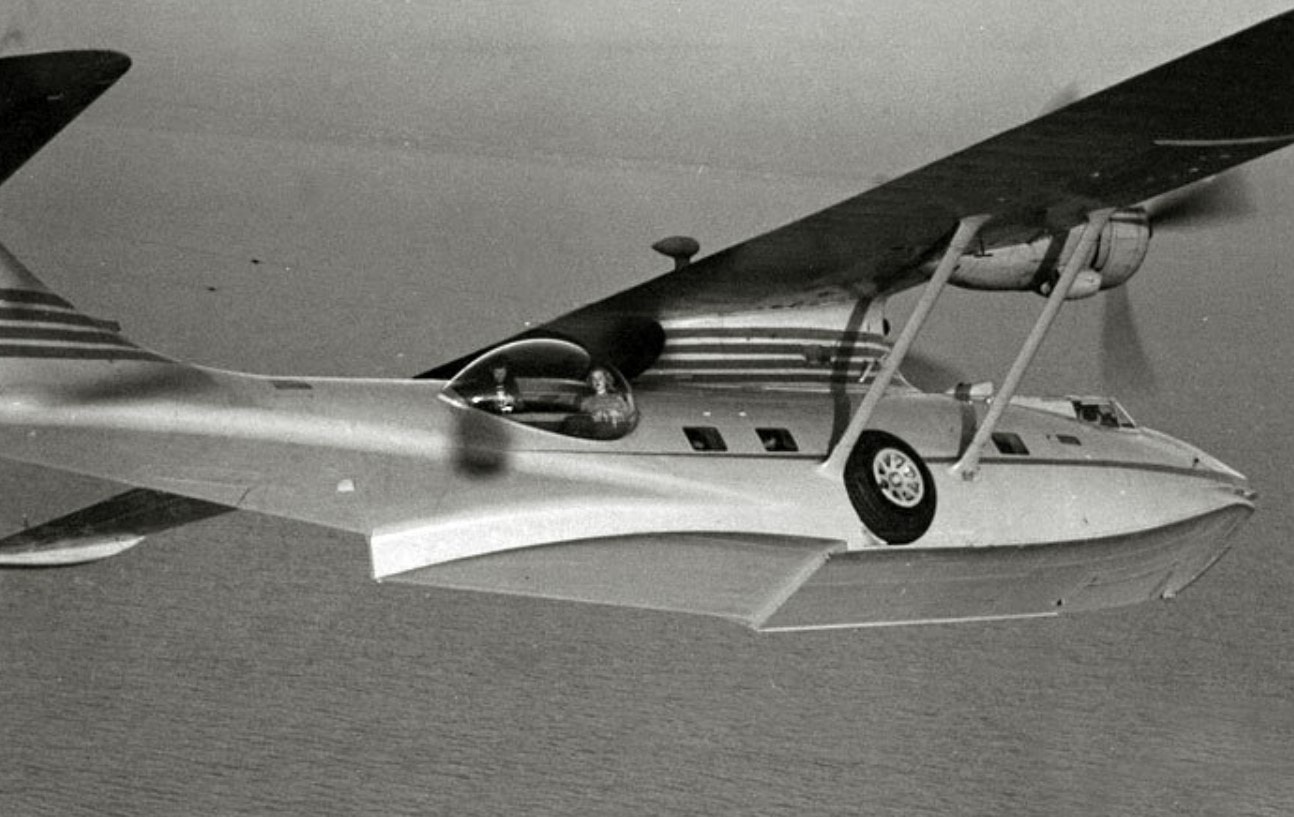Many of us will already be aware of the
Ford Flivver and
Volksflugzeug, attempts by Ford and the Nazis to create a small, mass-produced aircraft for private use.
What I was not aware of until this week was that there were later efforts to retrofit existing aircraft for personal recreational use, that seem drawn from the same spirit if not scope of the earlier aircraft concepts.
First in the 1950s came the
Landseaire, based on surplus PBY Catalinas left over from the War, it has the feel of a small yet luxurious private yacht.
Later in the 1970s there was the
Heli-Home from Winnebago. Yes, that Winnebago which probably gives an idea as to its marketed use. This too was based on surplus military aircraft, in this case Sikorsky H-19 helicopters, and came in two sizes with all you'd expect in an RV.
Not picturing the skies littered with either as probable, though that's certainly more plausible than the "Model T of the Air" that Henry Ford thought the Flivver would become, but the reason I like finding out about things like this is the colour they add to an ATL. Picture the scene on someone's yacht that then takes the skies; or someone going on the run in a helicopter RV.



